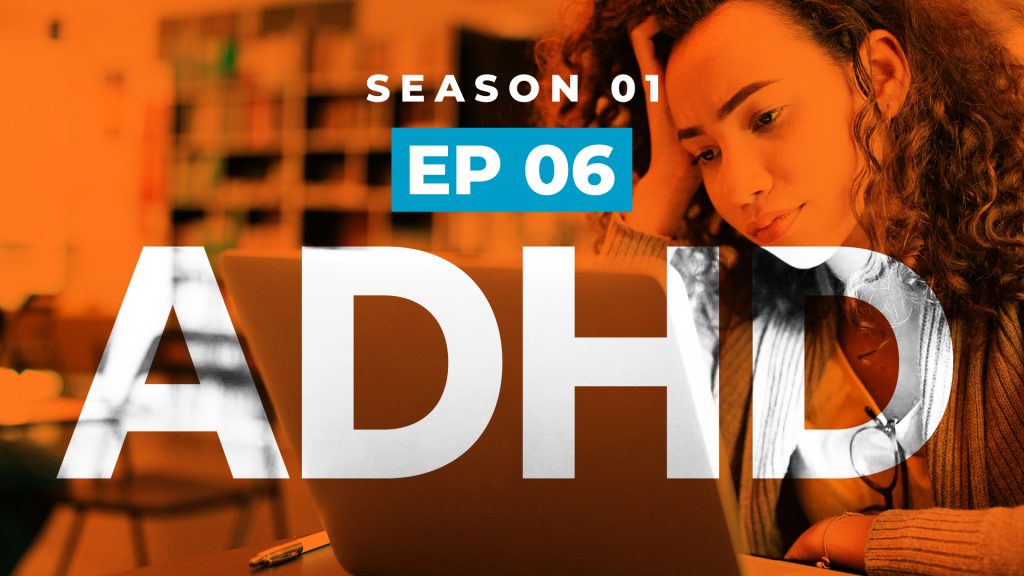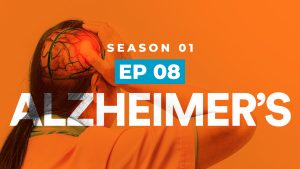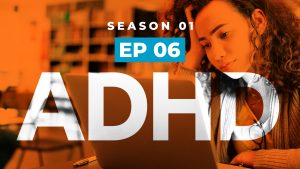What actually is ADHD? What caused the sharp increase in cases? How does diagnosis work?
ADHD. Attention Deficit Hyperactivity Disorder. 60 years ago, it wasn’t mentioned at all in the Diagnostic and Statistical Manual of Mental Disorders. Now, it’s one of the most broadly-discussed disorders in the world.
In this episode of Your Brain On…, we discuss:
- What’s distinct about the brains of people with ADHD
- The past, present, and future of ADHD diagnosis
- How social media has simultaneously crushed mental health stigmas AND contributed to a dangerous trend of misguided self-diagnosis
Clinical psychologist Dr. Nicole Barile, who’s known on social media for debunking trending neuroscience mistruths, joins us to discuss how online misinformation and cultural disparities have caused a paradoxical overdiagnosis and underdiagnosis of ADHD. Nicole also explains ADHD’s overlap with other disorders, and how such comorbidities can make diagnosis challenging.
Dr. Margaret Sibley elaborates on the diagnosis disparity between various communities and demographics, unpacks what we know about how genetics and environment affect the prevalence of ADHD, and further ponders the relationship between social media discourse and the rising pervasiveness of ADHD. Margaret is a clinical psychologist and Professor of Psychiatry and Behavioral Sciences at the University of Washington and Seattle Children’s Hospital. She also details the current interventions for ADHD, and shares what she’s excited about for the future of the disorder’s treatment.
And we speak to Ari Tuckman, a clinical psychologist specializing in diagnosing and treating people with ADHD, about the disorder’s subtypes, how ADHD affects children and adults differently, and why management can be just as important as treatment.











